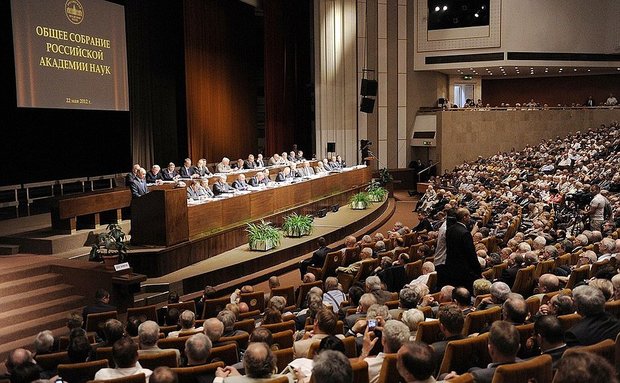Russian industry not interested in research and development
UNESCO Science Report showed a contraction of research intensity in Russia
Russia accounts for less than 2% of global investment in research and development (R&D). An economic success of the 2000s caused a technological dependence on foreign technologies. The government is trying to change the situation, but the country's research intensity is still low.
Russia's rapid economic growth of the 2000s ''actually weakened the motivation of enterprises to modernise and innovate'', says Big News Network.com citing the Russian edition of the UNESCO Science Report. Conversely, many low and middle-income countries, such as Brazil, Ethiopia, Kenya, Mali, Malaysia and Turkey, increased their research activity due to the commodity boom.
Global gross domestic expenditure on R&D increased by 31% between 2007 and 2013. This was faster than the global economy growth, which totalled 20% over the same period. In Russia, however, research intensity actually plunged from 1,25% to 1,12% of GDP between 2009 and 2013, although federal budgetary allocations for civil-purpose R&D rose from 63bn to 81bn rubles. In 2012, a presidential decree set a goal of increasing the research intensity to 1,77% of GDP by 2015.
In Central Asia, only 0,2–0,4% of GDP are spent on research. In Belarus and Ukraine, the results are 0,7% and 0,8% of GDP respectively. At the same time, in the EU the average index is about 2% of GDP, while the target level is 3%.
According to the report, Russia faced ''a boom in imports of advanced technologies and a growing technological dependence on developed countries in certain areas, such as pharmaceuticals and high-tech medical equipment''. In May 2014, Vladimir Putin urged to widen import-substitution programmes to reverse this trend.
In 2013, 60% of research in the Russian Federation was performed by industry, but only 28% were financed by it. Besides, companies show little interest in ''green'' technologies: ''only one in four (26%) innovative enterprises are producing inventions in the environmental field'', states the report.

Globally, the number of researchers has increased by more than 20% since 2007. Nevertheless, the share of Russian researchers has declined from 7,3% to 5,7% over the same period. By comparison, the European Union accounts for 22% of researchers, China and the U.S. have 19% and 17% respectively.
As for investment volumes, the U.S. is leading with 28% of global investment in R&D. China provides 20% followed by the EU (19%) and Japan (10%). Russia's share fell from 2% to 1,7% between 2009 and 2013.
The full version of the report can be downloaded from UNESCO's open access portal.